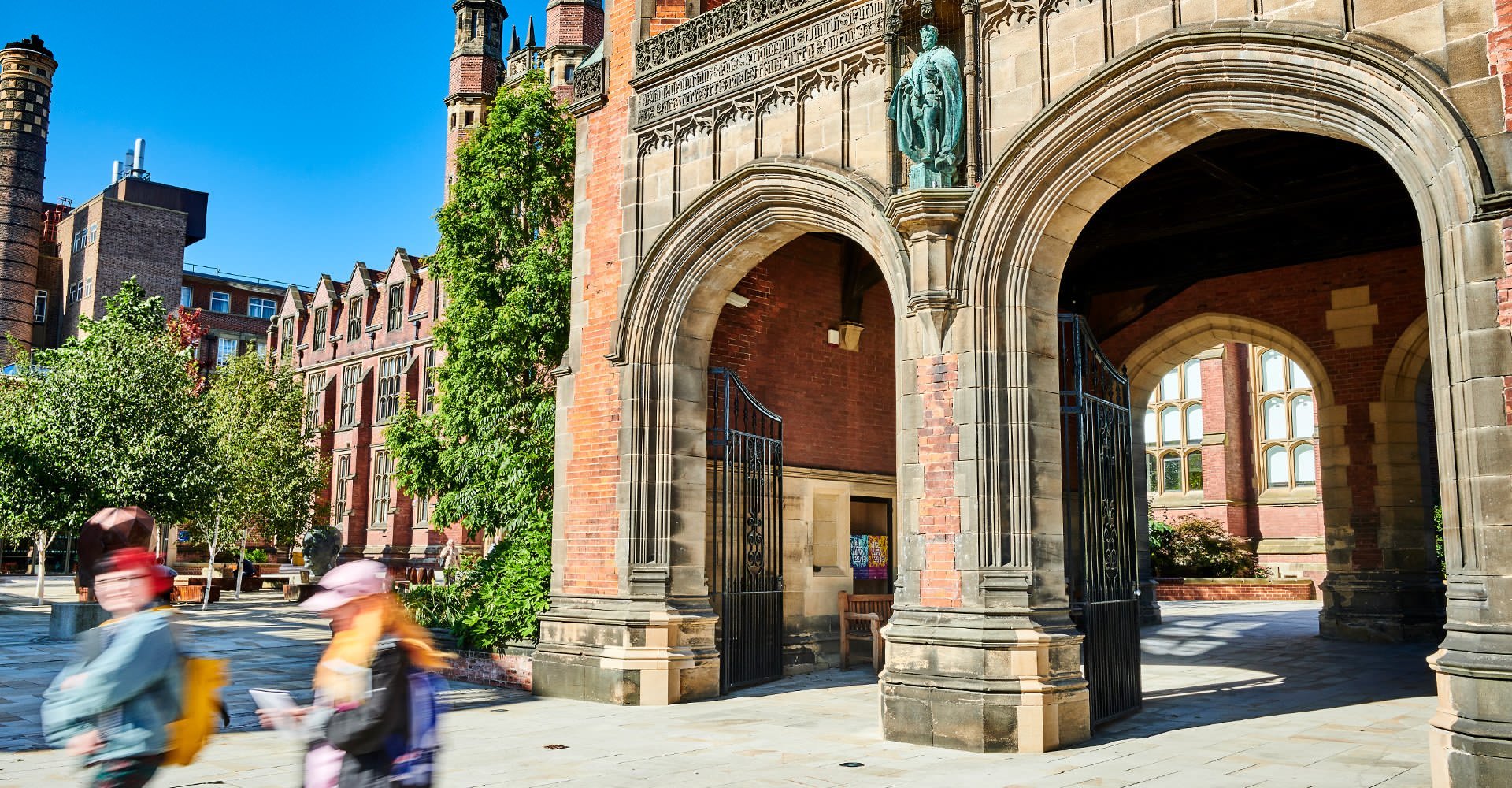MAR2019 : Ship Hydrodynamics
- Offered for Year: 2025/26
- Module Leader(s): Dr Maryam Haroutunian
- Lecturer: Dr David Trodden
- Owning School: Engineering
- Teaching Location: Newcastle City Campus
Semesters
Your programme is made up of credits, the total differs on programme to programme.
| Semester 2 Credit Value: | 20 |
| ECTS Credits: | 10.0 |
| European Credit Transfer System | |
Aims
Physical model testing, full-scale trials and empirical methods used in relation to ship powering problem.
The methods adopted for estimating the resistance, performing basic propeller design and prediction the power requirements in the preliminary design stage.
Introduce the fundamental concept of ship manoeuvring in calm, deep water including the form of the equations of motion, typical nomenclature and regulatory issues.
Introduce the fundamental concepts of seakeeping including motion of a floating body subject to regular and irregular waves.
Introduce the fundamental concepts of added mass and fluid damping and consider method of obtain the necessary terms using experimental and empirical methods.
Consider motion response including likely displaced position, velocity and/or accelerations, in terms of probability formula.
Outline Of Syllabus
Marine Propulsion: propulsor types and screw propellers including propeller geometry and other definitions; Introduction to Propeller design, design diagrams and analysis; Introduction to propeller model tests including open water tests; Propeller-hull interaction phenomenon; Powering and performance prediction; Self propulsion tests; Cavitation.
Ship Manoeuvring: IMO Regulations. Manoeuvering criteria and equations of motion; hydrodynamics forces, moment and manoeuvring derivatives; Nomoto and simple KT equations of motion; the nature of derivatives; low aspects ratio wing analogy; slender body theory; directional stability and control; turning ability.
Ship Seakeeping: the 6 degrees-of-freedom systems; description of regular waves; derivation of the equations of motion. Introduction to motion of floating bodies in regular waves including the concepts of added mass, fluid damping, restoring forces and wave excitation forces. Introduction to irregular waves and ocean wave statistic. Introduction to strip theory and seakeeping experiments. Development of the translation motion (heave) predictions and introduction to rotation motions including pitching and rolling motion. Introduction to various types of seakeeping event and the probability of an even occurring, including: the normal probability density function; significant amplitudes; joint probabilities.
Teaching Methods
Teaching Activities
| Category | Activity | Number | Length | Student Hours | Comment |
|---|---|---|---|---|---|
| Structured Guided Learning | Lecture materials | 35 | 1:00 | 35:00 | Online recorded lectures. |
| Guided Independent Study | Assessment preparation and completion | 1 | 3:00 | 3:00 | Examination. |
| Scheduled Learning And Teaching Activities | Lecture | 35 | 1:00 | 35:00 | Interactive sessions: require pre-reading. |
| Guided Independent Study | Assessment preparation and completion | 1 | 20:00 | 20:00 | Examination Revision. |
| Guided Independent Study | Assessment preparation and completion | 1 | 15:00 | 15:00 | Seakeeping coursework. |
| Scheduled Learning And Teaching Activities | Practical | 6 | 1:00 | 6:00 | Computer Cluster Sessions. |
| Guided Independent Study | Independent study | 1 | 84:00 | 84:00 | Review and study lecture materials. |
| Scheduled Learning And Teaching Activities | Scheduled on-line contact time | 2 | 1:00 | 2:00 | Timetabled synchronous online revision/Q&A sessions. |
| Total | 200:00 |
Teaching Rationale And Relationship
Lectures in the class or laboratory provide the students with general understanding of and familiarity with the fundamentals of the overall resistance and powering problem.
Example classes and coursework help the students to develop the associated skills required for the solution of the resistance and powering problem. Practicals provide the students with the opportunity to participate in experiments carried out in the towing tank and/or the cavitation tunnel. The subject of resistance and propulsion of marine vehicles is very broad, dynamics and diverse. Guided private study allows the student to read various classic books and the state-of-the-art papers more and catch-up with the latest developments in this attractive topic to encourage and develop their enthusiasm.
The lectures are designed to assist students in the acquisition of a knowledge base that will facilitate understanding of concepts and detailed analysis methods. The tutorial sessions are supervised activities in which the students apply the knowledge that they gain during formal lectures and private study to predict the seakeeping, manoeuvring and course keeping characteristics of a ship.
Assessment Methods
The format of resits will be determined by the Board of Examiners
Exams
| Description | Length | Semester | When Set | Percentage | Comment |
|---|---|---|---|---|---|
| Written Examination | 180 | 2 | A | 70 | Written Examination (C1, C2, C3, C6). |
Other Assessment
| Description | Semester | When Set | Percentage | Comment |
|---|---|---|---|---|
| Report | 2 | M | 30 | Ship Hydrodynamics coursework (C1, C2, C3, C5, C6). |
Formative Assessments
Formative Assessment is an assessment which develops your skills in being assessed, allows for you to receive feedback, and prepares you for being assessed. However, it does not count to your final mark.
| Description | Semester | When Set | Comment |
|---|---|---|---|
| Written exercise | 2 | M | Manoeuvring Exercise |
Assessment Rationale And Relationship
The written examination allows the students to demonstrate their understanding of the subject as well as to demonstrate their problem solving skills through short subject specific problems, under time pressure as required in industry. They are assessed on their ability to apply the learnt knowledge to various scenarios (IKO1-3, ISO1-3; C1, C2, C3, C6).
Coursework accessed the ability of the students evaluate an overall 1DoF ship seakeeping problem, to solve and to report it using taught skills by referring to much wider resources and communicating with others as in a "real design" case (IKO4-6, ISO4-5; C1, C2, C3, C5, C6).
Reading Lists
Timetable
- Timetable Website: www.ncl.ac.uk/timetable/
- MAR2019's Timetable
